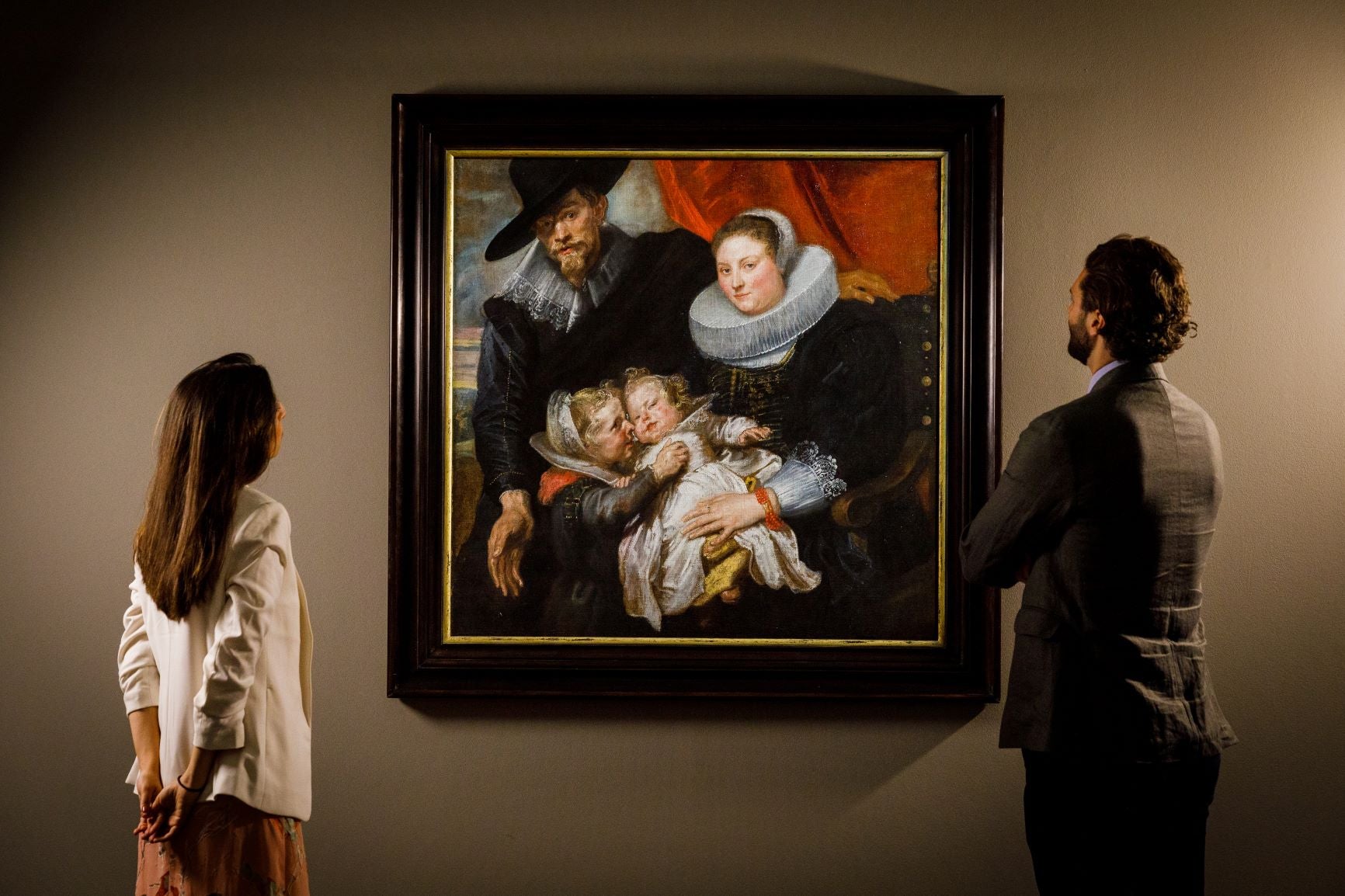Van Dyck portrait recovered from Nazis expected to fetch up to £1.5m at auction
Work was stolen by Nazis at outbreak of the Second World War

Your support helps us to tell the story
From reproductive rights to climate change to Big Tech, The Independent is on the ground when the story is developing. Whether it's investigating the financials of Elon Musk's pro-Trump PAC or producing our latest documentary, 'The A Word', which shines a light on the American women fighting for reproductive rights, we know how important it is to parse out the facts from the messaging.
At such a critical moment in US history, we need reporters on the ground. Your donation allows us to keep sending journalists to speak to both sides of the story.
The Independent is trusted by Americans across the entire political spectrum. And unlike many other quality news outlets, we choose not to lock Americans out of our reporting and analysis with paywalls. We believe quality journalism should be available to everyone, paid for by those who can afford it.
Your support makes all the difference.A painting by the Flemish artist Sir Anthony van Dyck that was recovered from Nazi Germany is expected to fetch up to £1.5m at auction.
The portrait of painter Cornelis de Vos, his wife Suzanna Cock and children Magdalena and Jan-Baptist will be part of Sotheby’s Old Masters evening sale in London today (Wednesday 7 July).
The artwork was first sold in 1868 to Sir Francis Cock before being bought by Dutchman Nathan Katz in the Thirties.
It was then stolen by the Nazis at the outbreak of the Second World War, but was later recovered and returned to the Katz family.
The work was later sold to art patron Emil Georg Buhrle. It is estimated to sell for between £1m to £1.5m.
Art expert Nora de Poorta said of the painting in 2004: “This singular family portrait was executed in the virtuoso technique van Dyck employed when speed was of the essence: bold brushstrokes very thinly painted over a brownish underground that frequently shows through.”
The seventh child of a wealthy silk merchant, van Dyck was considered the most important Flemish painter of the 17th Century after Rubens and was best known for his portraits of the aristocracy.
After achieving success as an independent painter in his late teens, he became a Master in the Antwerp guild in 1618.
He returned to London in 1632 after working around Europe, at the request of Charles I of England, to become the lead court artist.
He died in 1641 and was buried in St Paul’s Cathedral, a mark of his illustrious status in England.
Additional reporting by Press Association
Join our commenting forum
Join thought-provoking conversations, follow other Independent readers and see their replies
Comments